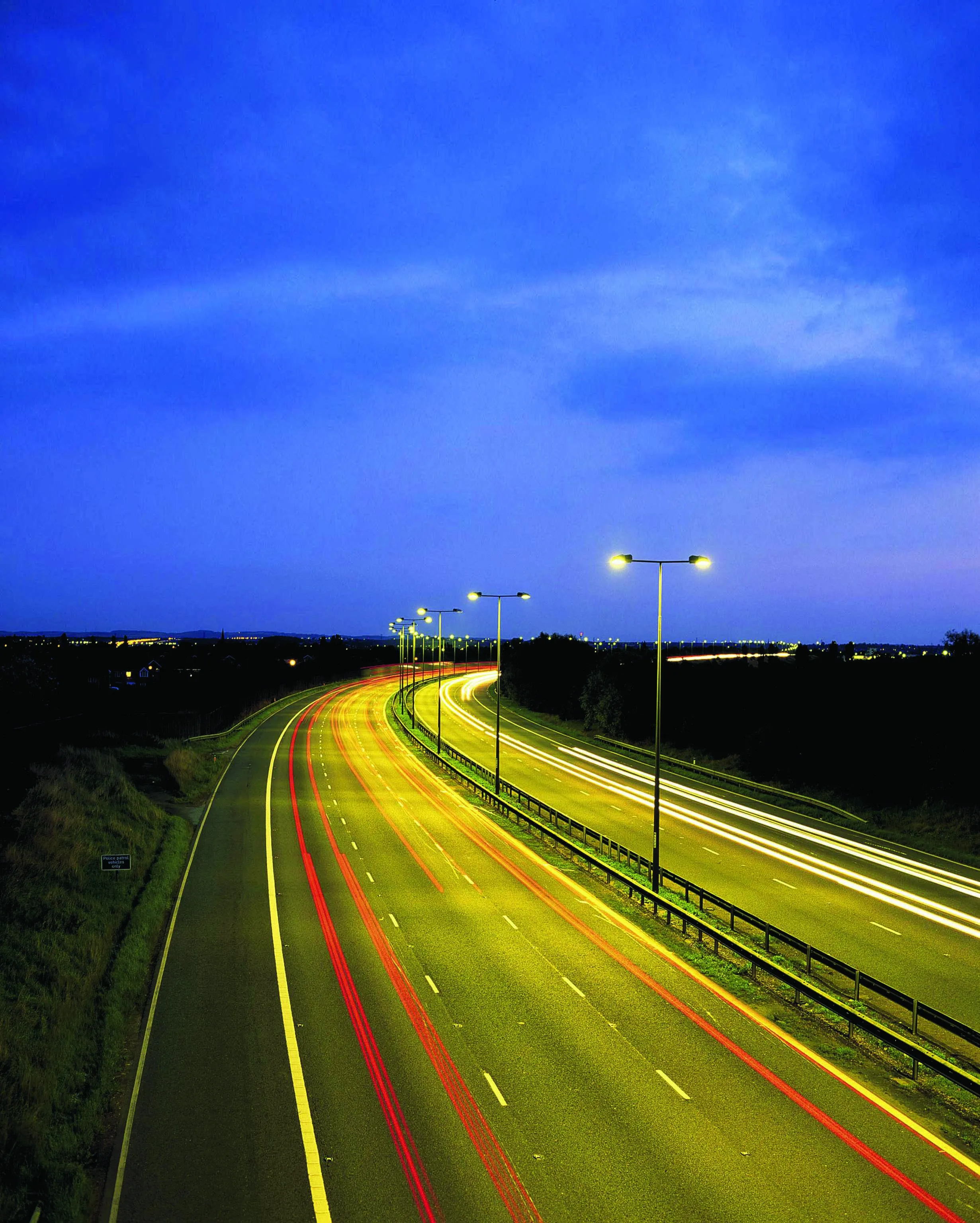A new report from international consultancy EC Harris says that highway investors consider developed nations to provide the best economic benefits at present.
February 28, 2012
Read time: 2 mins
A new report from international consultancy EC Harris says that highway investors consider developed nations to provide the best economic benefits at present. Despite fast expansion in certain nations; Brazil, Russia, India and China (BRIC), the report shows that the US is seen as offering good commercial prospects for highway investment.
EC Harris has released research ranking 17 key countries across the globe on the relative attractiveness of their transport sector to potential investors. Greater stability and more effective regulatory systems pushed many Western countries towards the top of the table despite the huge investment plans being proposed in many developing countries. Canada, Germany and France all followed closely behind the US due to their willingness to consider a PPP financing mechanism, as this proved significant in establishing investor confidence. India and Russia are planning significant programmes to improve their highways infrastructure, however a lack of clarity on a fiscal, political and operational level and difficulty in accessing these markets, are all combining to deter inward financial investment.
However Chile ranked fifth overall and second in the highways sector as an investment prospect, reflecting its strong economic growth. Despite a more modest investment programme, Chile scored consistently high throughout, with its PPP framework particularly strong in building investor confidence. The criteria used to judge each country covered a broad range of factors typically considered by various investor groups including the political and economic stability in each market, the government incentives and policies on offer, and the private finance funding channels already in place to support inward investment. Each country was assessed across the four main transportation sectors and the overall ranking was then calculated based on the sum of these figures.
EC Harris has released research ranking 17 key countries across the globe on the relative attractiveness of their transport sector to potential investors. Greater stability and more effective regulatory systems pushed many Western countries towards the top of the table despite the huge investment plans being proposed in many developing countries. Canada, Germany and France all followed closely behind the US due to their willingness to consider a PPP financing mechanism, as this proved significant in establishing investor confidence. India and Russia are planning significant programmes to improve their highways infrastructure, however a lack of clarity on a fiscal, political and operational level and difficulty in accessing these markets, are all combining to deter inward financial investment.
However Chile ranked fifth overall and second in the highways sector as an investment prospect, reflecting its strong economic growth. Despite a more modest investment programme, Chile scored consistently high throughout, with its PPP framework particularly strong in building investor confidence. The criteria used to judge each country covered a broad range of factors typically considered by various investor groups including the political and economic stability in each market, the government incentives and policies on offer, and the private finance funding channels already in place to support inward investment. Each country was assessed across the four main transportation sectors and the overall ranking was then calculated based on the sum of these figures.








